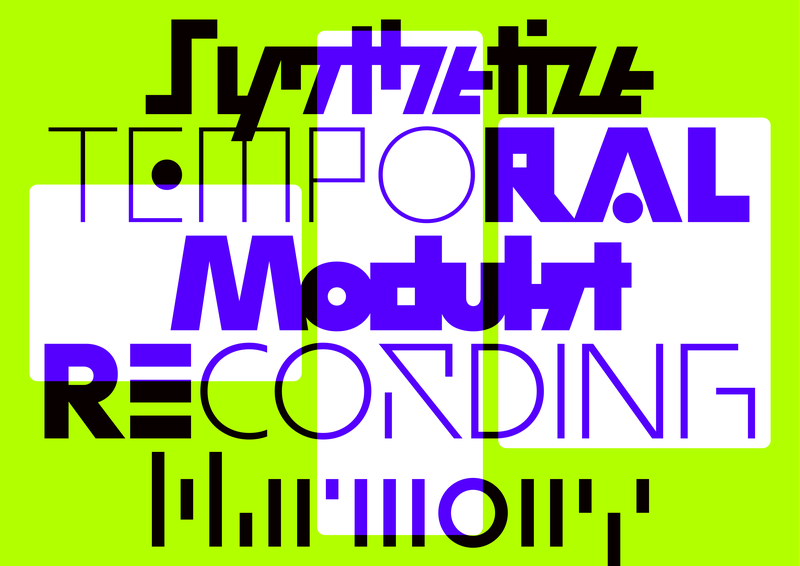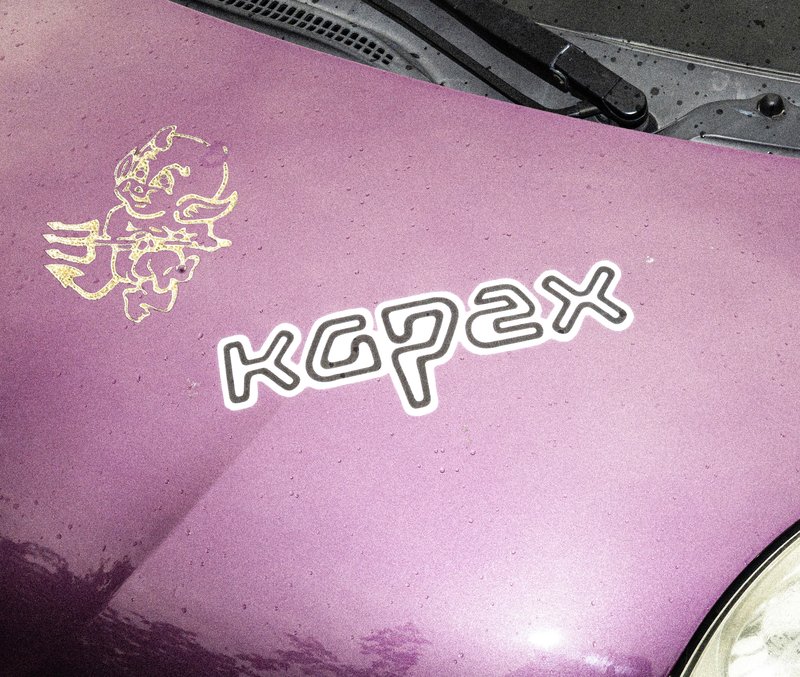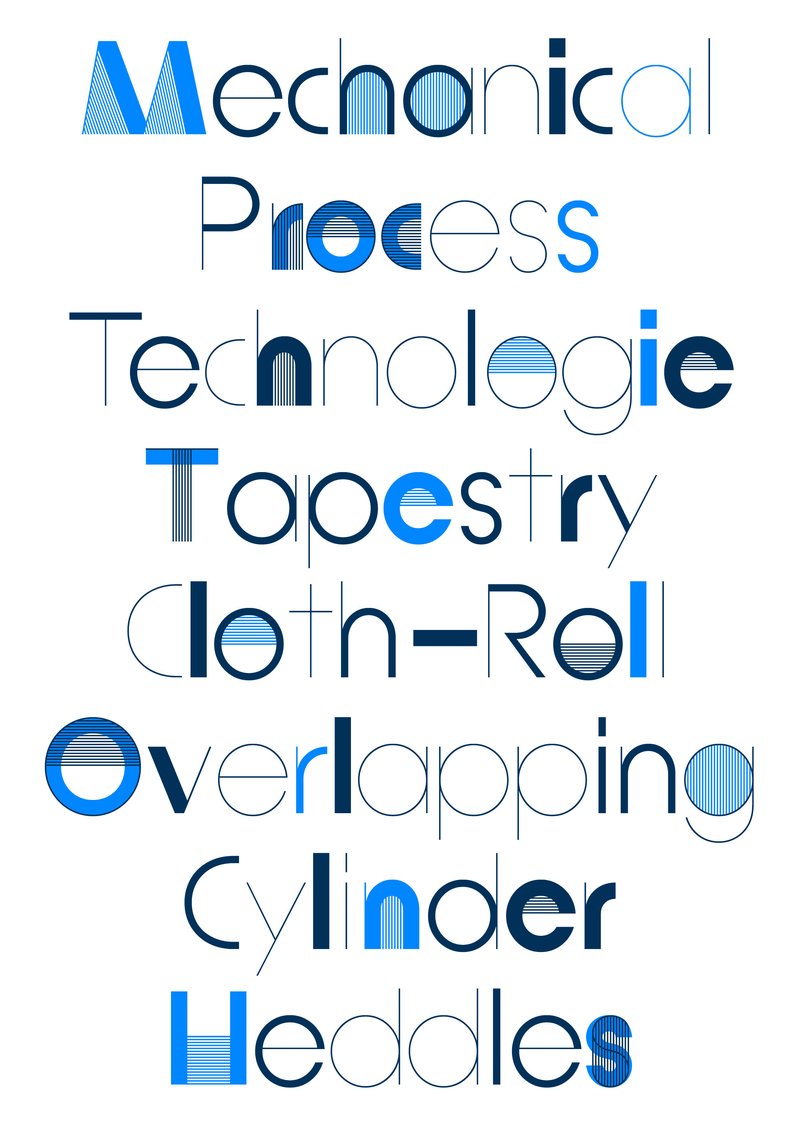Beyond Bézier is an investigation of the existing approaches to letter drawing. It is also the experimentation of new methods to draw and to create.
As type designers and type educators, we have felt the past few years the dead-ends that vector drawing and contemporary software brings, generating more and more fonts that just look the same. By researching and experimenting with different approaches of drawing, our design pedagogy will be nourished by this experience and shared with a larger audience through a dedicated website. If the vector is the current frontier of type design, new perspectives will be opened if we overcome that frontier.
According to the Israeli-American psychologist and Nobel Laureate Daniel Kahneman, thinking operates within two systems: ‘System 1 operates automatically and quickly, with little or no effort and no sense of voluntary control. System 2 allocates attention to the effortful mental activities that demand it, including complex computations. The operations of System 2 are often associated with the subjective experience of agency, choice, and concentration.’1 One could argue that designers are working within System 1, whereas good designers make a larger use of System 2.
Fighting automatism is indeed an important aspect of creativity. When one works solely with vectors, only one System is at work. Drawing with different approaches can trigger new ideas and shapes, such as the physical limitations of your tools bring new forms.2 When vector drawing becomes automatic (by muscular memory of the designer, or software-induced choices), a whole area of creativity disappears. It may also be that the ability of switching between two systems improves creativity. This is comparable to Jean-François Billeter’s hypothesis about how creativity functions: he compares it to a gear change when driving a car. The moment when tension is released between two different operating regimes is the moment of revelation, of creation.3
Another and very important aspect is the collaborative approach. Type design has long been – and still is – seen as a solitary practice, with the designers in their ivory tower. The approach of Beyond Bézier is collaborative. It shares materials and approaches. Beyond Bézier is a project that can nourish designers, design students, and those interested in the way humans can create. It opens the door to further development, such as a digital tool – software based neither on vectors, bitmaps, or parametric systems. The group works simultaneously on five different axes which map different methodologies of drawing type. Each researcher is in charge of coordinating an axis while contributing to other axes simultaneously. The five axes are:
1 The Stroke
2 The Surface
3 The Collective
4 The Robot
5 The Mathematics
Axes 1 and 2 are questioning traditional ways of creating fonts, mostly looking at the tools and instruments used for the creation. 3 and 4 are rather looking at who designs, in which contexts, through collaboration and exchange. Axis 5 is transversal.
References
1. KAHNEMAN 2011, Daniel Kahneman, Thinking, Fast and Slow, Farrar, Straus and Giroux, New York, 2011.
2. BERNAU 2022, Kai Bernau, ‘Every Tool Leaves a Trace’, Ecal-Typefaces, 2022. https://ecal-typefaces.ch/everytoolleavesatrace. Last accessed 20 February 2023.
3. BILLETER 2012, Jean-François Billeter, Un Paradigme, Allia, Paris, 2012.









